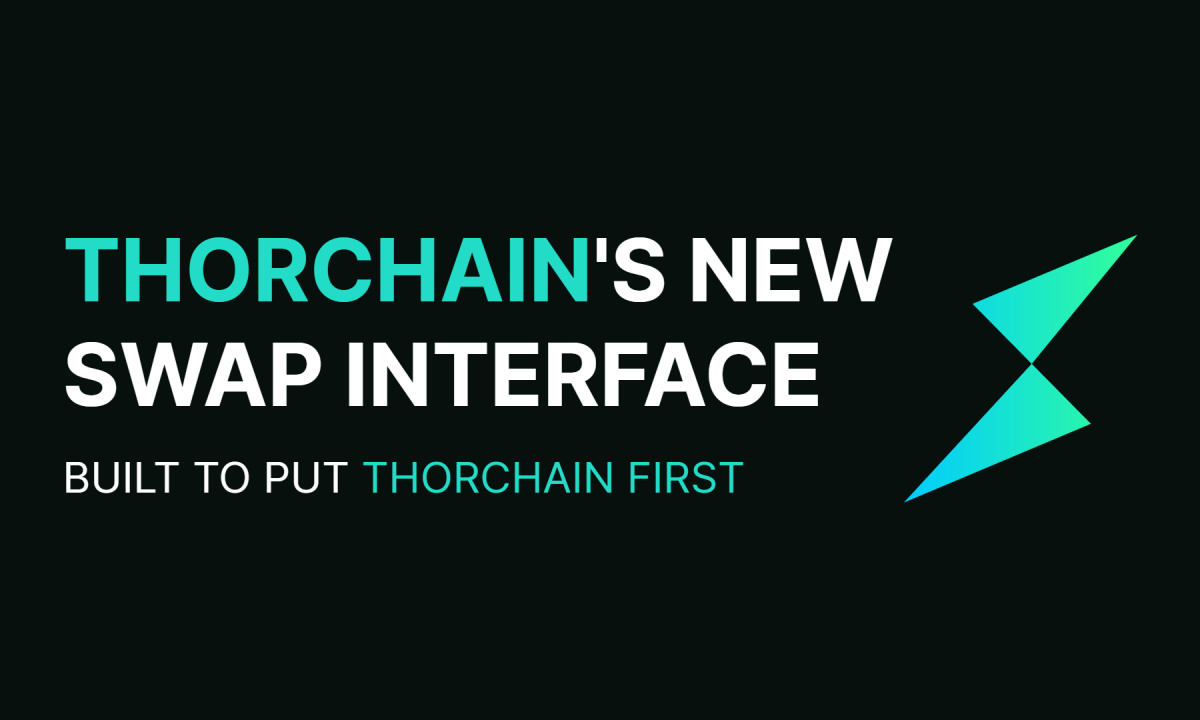Taint is an important concept in the world of blockchain and cryptocurrencies. It refers to the degree to which a particular cryptocurrency held in an account can be traced back to its previous transactions and accounts.
In simpler terms, taint measures the “cleanliness” of a specific amount of cryptocurrency. If the taint is high, it means that the funds have a higher chance of being connected to illicit activities or tainted sources. On the other hand, a low taint indicates that the cryptocurrency has a clean history and is less likely to be associated with any nefarious activities.
Understanding taint is essential for individuals and organizations involved in blockchain transactions. By analyzing taint levels, one can assess the level of risk associated with particular funds and decide whether to accept or reject them in a transaction.
What is the calculation method for Taint?
Taint is calculated by analyzing the transaction history of a particular cryptocurrency. Each transaction in the blockchain contains inputs and outputs. The inputs refer to the sources of the funds, while the outputs are the destinations of the funds. By tracing the flow of funds through various transactions, it is possible to determine the taint associated with a specific amount of cryptocurrency.
When calculating taint, it is important to consider the percentage of cryptocurrency that can be traced back to a tainted source. For example, if 30% of a given amount of cryptocurrency can be linked to an account involved in illegal activities, the taint would be 30%. This percentage gives an indication of the level of risk associated with the funds in question.
Why is Taint Analysis important?
Taint analysis plays a crucial role in the prevention of money laundering and other illicit activities in the blockchain ecosystem. By monitoring the taint associated with specific funds, regulators and law enforcement agencies can identify suspicious transactions and investigate further.
Additionally, taint analysis helps businesses and individuals ensure compliance with regulatory frameworks. Many jurisdictions require entities involved in cryptocurrency transactions to conduct due diligence and avoid dealing with funds that have a high taint level. By implementing taint analysis tools, businesses can stay in line with these regulations and protect themselves from legal issues.
What is an example of Taint Analysis?
Let’s consider a hypothetical scenario to illustrate the concept of taint analysis:
Suppose there is a cryptocurrency exchange called XYZ Exchange. The exchange receives a deposit of 1 Bitcoin from User A. When analyzing the transaction history of this 1 Bitcoin, it is found that 0.5 Bitcoin can be traced back to a known criminal account involved in money laundering activities. The remaining 0.5 Bitcoin has a clean history with no association with any illicit activities.
In this case, the taint associated with the 1 Bitcoin deposited by User A would be 50%. This means that half of the funds can be connected to a tainted source. XYZ Exchange can then make an informed decision on whether to accept the deposit or reject it based on their internal policies and regulatory requirements.
What is Taint and Privacy?
While taint analysis is a powerful tool for identifying suspicious transactions, it also raises concerns about privacy within the blockchain ecosystem. As transactions are recorded on the public ledger, it is possible for individuals to trace the flow of funds and determine the taint associated with specific accounts.
Several privacy-focused cryptocurrencies, such as Monero and Zcash, have implemented techniques to obfuscate transaction details and make it difficult to analyze taint accurately. These privacy coins aim to provide users with enhanced privacy and anonymity while still maintaining the benefits of blockchain technology.
However, the balance between privacy and compliance remains a challenge in the blockchain world. Regulators are continually adapting to new technologies and finding ways to ensure transparency and prevent illicit activities without compromising individual privacy rights.
What is the conclusion?
Taint is a crucial concept in the world of blockchain and cryptocurrencies. It measures the degree to which a specific amount of cryptocurrency can be traced back to its previous transactions and accounts. Taint analysis is vital for identifying suspicious transactions, preventing money laundering, and ensuring compliance with regulatory frameworks.
While taint analysis provides powerful insights, it also raises concerns about privacy within the blockchain ecosystem. As the technology continues to evolve, finding the right balance between privacy and transparency remains an ongoing challenge.














